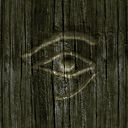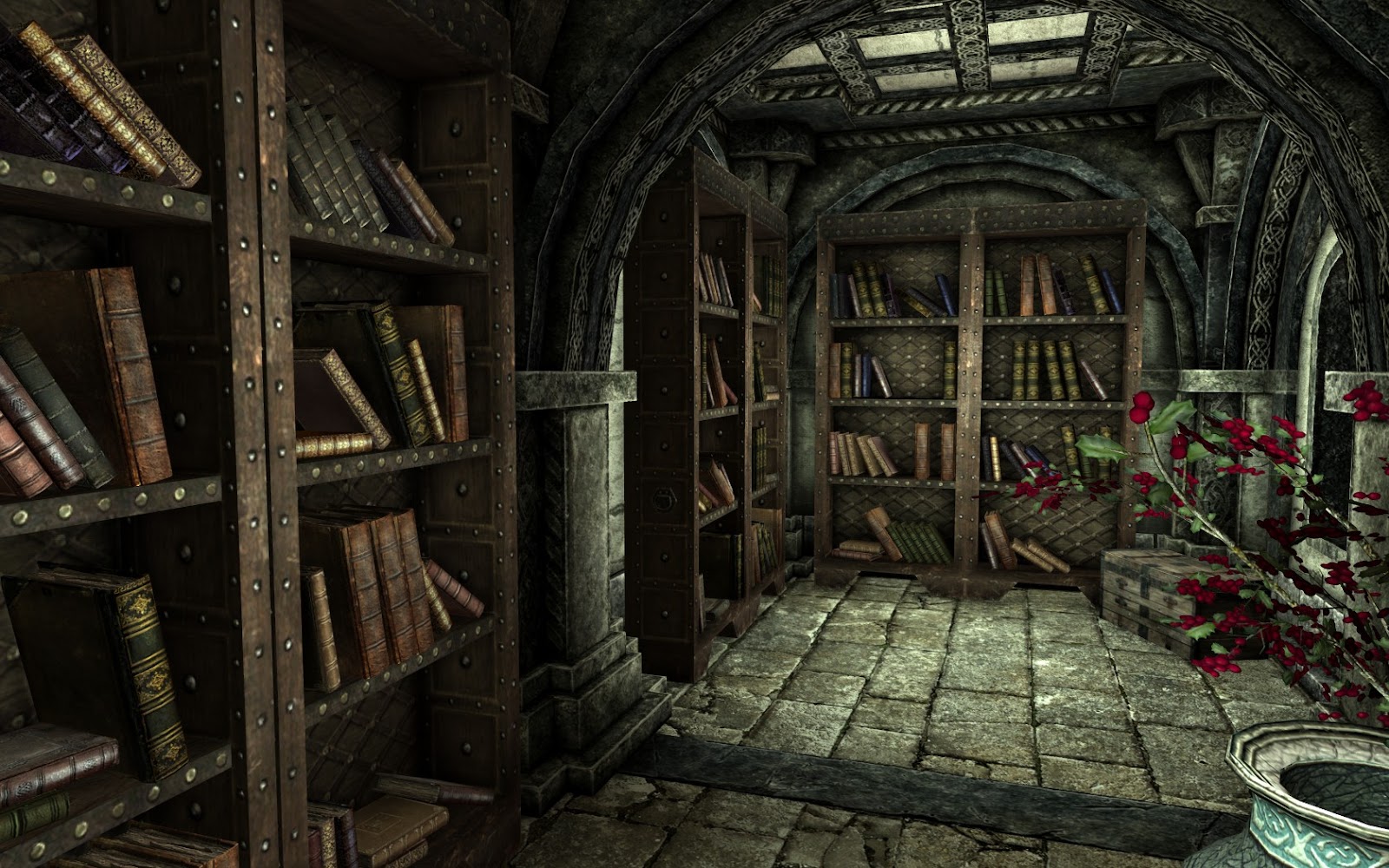Introduction
I have alluded to the idea of personhood in earlier chapters, but in this text I will discuss it in more clear terms. All the playable factions are humanoid in one way or another. The non-human factions are either adjacent to humans like Elves or dwarves, or they are more inhuman like Lizardmen, Skaven and Goblins. All of them have humanoid characteristics and keep some sort of human culture.
What became clear when I started researching this topic is just how human centric the Old World is. Humans as humans, exist in Europe, Africa and Asia, with clear, if often tokenized versions of their real life counterparts cultures. There are humans in fantasy Arabia, even the undead of the setting version of Egypt are still decidedly human, despite their undead appearance. It is this prevalence of humans and human adjacent races like Elves that makes the less than human races stand out so much more.
The humanized
The humanised creatures are those that are clearly based on a real human culture, and also has humanizing features. Here you can find the Dwarves, and the Elves, both are staple of the fantasy genre when the setting was made, as they still are today. THe dwarves are proud and the Elves are arrogant, both see themselves as better than the short lived humans. Wood Elves are likewise seen as more wild but yet arrogant and in many ways superior to humans in most ways.
The lizardmen live in the south of the Old Worlds version of Africa, as well as the southern version of South america. The aesthetic of the Lizard men are hard to miss, living in large stone cities with grand temples to golden serpent gods, gods that require living sacrifices in large numbers. While still a sympathetic depiction, there are still some connotations to certain conspiracy theories that makes them a bit uncomfortable to consider. As part of being reptilian are to varying degrees been described as unemotional and mechanical, going from almost pure automata at their inception, to the strange and otherworldly, but yet fully sentient creatures in the later editions.
The second example of the use of human cultures for nonhuman creatures is less easy to explain away. The Ogres, the hungry, dumb and brutal race of giant humans, are both located where real life Mongolia is, as well as sharing some physical features and stereotypes of Mongolian men.
With thick eyebrows and rather characteristic mustaches, their connection to gluttony, violence and stupidity is a rather unfortunate one to say the least. But with this said, are they still considered moral in one way or another, and are often seen as neutral, if not good. Vampires and undead, are likewise seen as monsters but are still human when it comes down to it. This is in rather starch contrast to some of the other humanoid factions in the setting.
The inhuman
There are two factions that I wish to discuss when it comes to dehumanised, or monstrous versions of humans in the Warhammer fantasy universe, first of them are the Orks and Goblins, playing much the same role that they do in dungeons and dragons and similar fictions of the time. They are violent and aggressive, and live only for combat. They are the stereotype of a villain. They soely exist to fight, destroy and eat, but unlike their ogre counterparts do they have very few humanizing features, or seen as capable of any good. THis pigheaded and absurd evil is often played as a sort of comic relief, playing off the improbability of their civilizations to begin with.
Orks are strong, resilitand and sprout out of the ground, being grown from fungi.They have absolute faith in all that they do and can never be persuaded to leave their path of destruction for one simple reason, they are finding it all too fun. Goblins are ted tibet as the menial cast of the faction, working, carrying, farming and building, though the quality of these efforts are often described as subpar at best. They also trade and barter, giving the faciton their only hire non violent connection with the other factions.
The second faction to discuss is the Skaven, a fascinating society of half ratmen, that lives under the cities of all the world’s major factions and civilizations. The Skaven are depicted as man’s worst qualities, selfish, greedy and ambitious, each Skaven lives only for themselves, and will not hesitate for a second to sacrifice another of their kind if it meant gaining an upper hand in their competitive and cut throat society.
While some are vaguely human in their organisation and culture, are they not as closely tied to a certain culture or nationality. Both the Orks and the Skaven are clearly meant to be parodies or exaggerated versions of some of humans’ worst sides, and vices. Even more so then the followers are chaos are these races often used as dark or warped mirrors of humanity. Orcs are aggressive and ambitious in the extreme, while Skaven are greedy and cowardly in the extreme.
Conclusions
The question of who gets to be human and who doesn’t is not a question that is unique to warhammer, but is one that tends to turn up in many high fantasy settings. For example does the Elder scrolls make a clear distinction between, elves, humans and “the bestial races” of orcs, argonians and khajiit. The concept of having other or near human races is not a problem in and of itself.
It is a great way to add some variety and texture to the world. Likewise is it not a problem in itself to base these races on specific human cultures, Elder Scrolls argonians for example shares their mesoamerican inspiration with the Lizardmen of Warhammer fantasy. Problems can arise when certain races are tied to both a specific culture and a specific negative trope tied to that culture. For example the brainded hunger of the Ogres, or the cold and alien Lizardmen.
Furthermore can a non human race become rather flat and simplistic if it is only allowed to have one cultural expression. This is especially apparent, if like in the elder scrolls series, there are several human cultures but only one Argonian culture. The Warhammer examples are very good at making a varied and complex set of cultures, even amongst the more comedic races. There is a large difference between the plague worshipers of Clan Pestilence and the quirky engineers of Clan Skryre. Despite this do the races as whole have a uniforming feel and cohesion that makes them easily recognized.
The tokenization and alienation of real cultures is not a problem unique to Warhammer, but can be seen across many series and settings. The Kajiit of the Elder scrolls used to talk, and to some degree do in a stereotypical Romani coded voice, and are also depicted as being semi nomadic, and known for thievery. To take another example, the goblins in Harry Potter are only seen working in banks- They are long nosed, greedy and untrustworthy, a sadly still all too common anti semitic trope in fantasy.
It is only through nothing but biases and assumptions in writing that we can become better writers. If we wish to aim to write a more true and inclusive fantasy world, must we first explore what inspiration we draw from real life and why. That is why it is vital to listen to voices different from your own. I am not innocent of this as well, there are many times I have had to step back from my writing and re-evaluate, when I am getting too close to tokenizing or orientalising a culture or race in my writing. Tokens and stereotypes are powerful because they are easy to recognize to a reader, and a useful shorthand as a writer. This makes it even more important that we use them with respect and caution.










